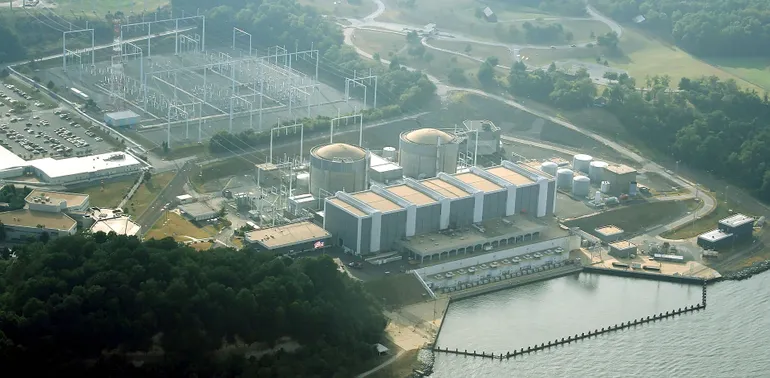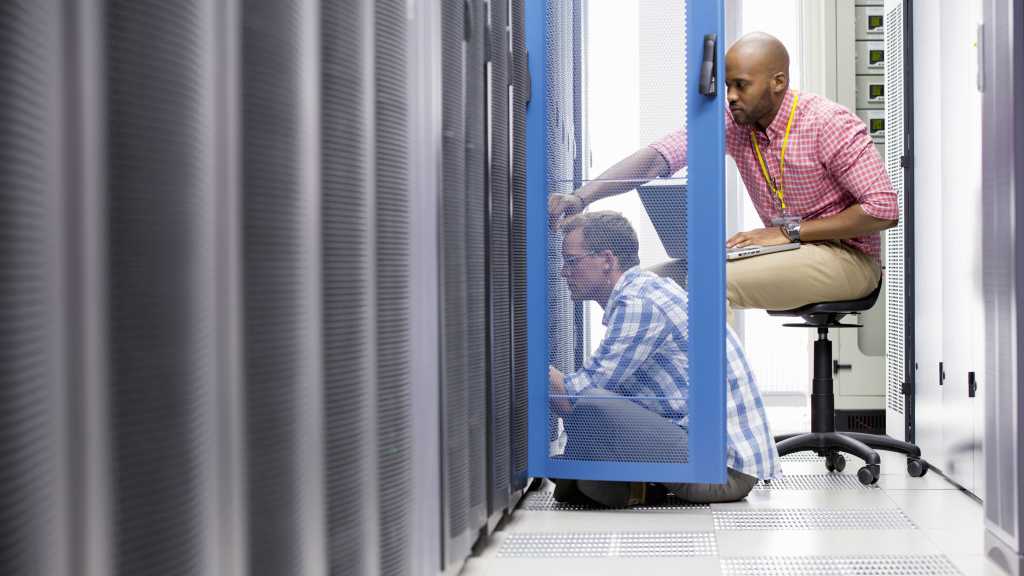According to the Texas Independent Producers and Royalty Owners Association’s (TIPRO) analysis, direct Texas upstream employment for March totaled 204,400. That’s what TIPRO said in a statement sent to Rigzone by the TIPRO team recently, which cited the latest Current Employment Statistics (CES) report from the U.S. Bureau of Labor Statistics (BLS). In the statement, TIPRO highlighted that the March figure was “a decrease of 700 industry positions from February employment numbers, subject to revisions”. TIPRO noted in the statement that this represented a decline of 900 jobs in the services sector and an increase of 200 jobs in oil and gas extraction. “TIPRO’s new workforce data still indicated strong job postings for the Texas oil and natural gas industry,” the organization said in its statement. “According to the association, there were 10,120 active unique jobs postings for the Texas oil and natural gas industry last month, including 3,458 new postings,” it added. “In comparison, the state of California had 2,777 unique job postings in March, followed by New York (2,892), Florida (1,781), and Colorado (1,438). TIPRO reported a total of 53,285 unique job postings nationwide last month within the oil and natural gas sector,” it continued. In its statement, TIPRO noted that, among the 19 specific industry sectors it uses to define the Texas oil and natural gas industry, “Gasoline Stations with Convenience Stores led in the ranking for unique job listings in March with 2,806 postings, followed by Support Activities for Oil and Gas Operations (2,247), and Petroleum Refineries (820)”. The leading three cities by total unique oil and natural gas job postings were Houston, with 2,212 postings, Midland, with 635 postings, and Odessa, with 412 postings, TIPRO highlighted in its statement. The top three companies ranked by unique job postings in March were Cefco, with 1,200, Love’s, with 726, and Energy Transfer, with 307, according to TIPRO. “Of the top ten companies listed by




















